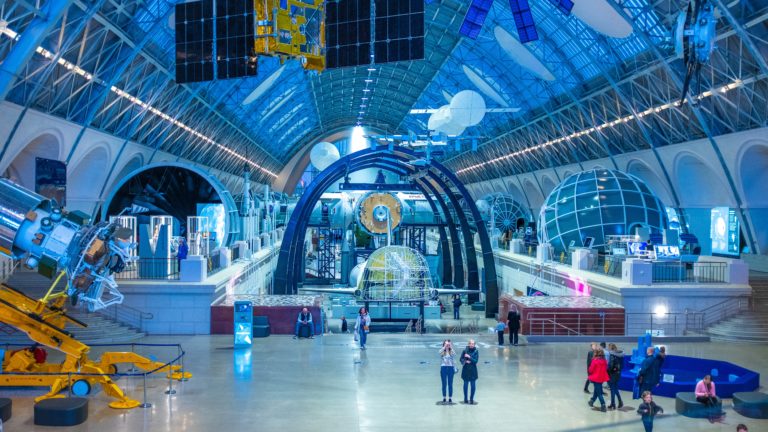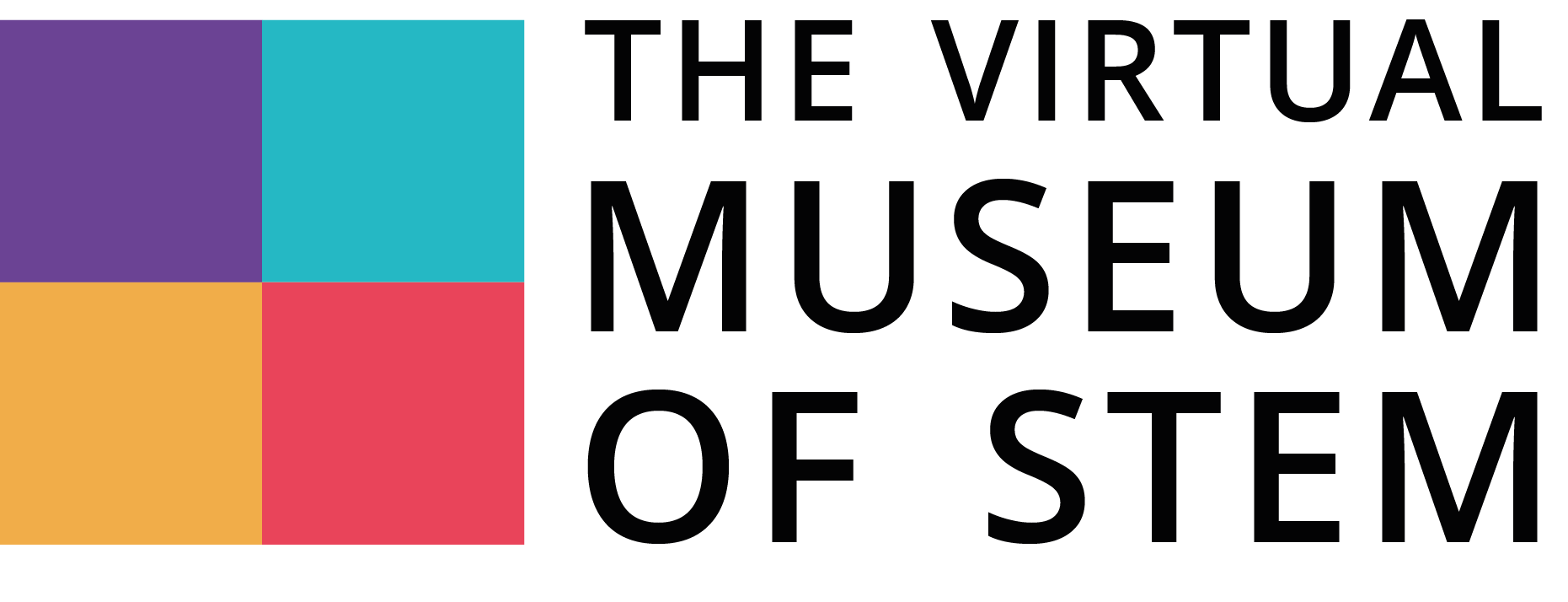VM STEM – for kids and adults
When we think STEM, we usually relate it with high school, which is not absolutely wrong, as this is where we get acquainted with STEM subjects and learn different ways human has applied it. Though, as children grow and eventually choose different career paths, work usually becomes the learning place. Physics, chemistry, or mathematics do not always have a place in the work environment anymore. These subjects do not seem so important or exciting, especially for those who did not have any passion (or success) studying them in high-school. People limit mathematics to the daily management of finances, physics and engineering to the use of smartphones or laptops, and chemistry to the drugs in the nearest pharmacy and so on… The truth is our daily lives are immensely impacted by STEM, and these disciplines could help each of us comprehend the world we live in at least a bit better.
The growing popularity of STEM and understanding of its significance for the daily functioning of our society has resulted in a big boom of different sciences museums around the globe. Already Europe counts more than 100 sciences museums in various countries, the leaders being the UK with around 50 different museums (imagine what kind of scientific road trip you could have there on a summer holiday!) and Germany which counts approximately 20. It covers various subjects starting from simple calculations some inventions are based on and ending with Artificial Intelligence and space. These places count millions of visitors every year and not only pupils but also adults. For example, Cité des Sciences et de l’Industrie in Paris, the biggest science museum in Europe, gets 5 million visitors every year! These museums are very attractive as they propose an immersive experience, by providing things you could test for yourself and unveil the curiosities and mysteries of science that are equally fun for kids and adults.

Sadly, these museums have not been accessible for quite some time due to the COVID19 pandemic. And to be quite frank, even if they were, not everyone easily gets an opportunity to visit one. This generated the need for alternative solutions, such as virtual museums, which could propose the maximum fun online and encourage not only kids but as well adults to discover what science is all about today. The Virtual Museum of STEM will be free of charge for everyone who wants to learn anything and will be fully accessible in 5 languages: English, French, Greek, Portuguese and Croatian, from any corner of the world. The museum will contain four main parts:
- the Science Exhibition;
- the Exhibition of Technological Advancements;
- the Contemporary Engineering Collections;
- the Exhibition of Hidden Mathematics.
Each exhibition hall will propose different topics starting from elementary ones, such as a wheel, and very unusual ones such as an elephant toothpaste. In addition, the museum will invite you to discover how artificial diamonds are made and where the 3D printing technology could bring us in the near future. The subjects chosen also matches the study programme in many European schools and could be used for interactive lessons, involving everyone even if they are home-based. Also, why not take a small break from your work and try to assemble a windmill or maybe learn more about Albert Einstein?
- Disney Land for Engineers – Science and Technology Museums in Europe. Consulted 9th March 2022 on: https://blog.ebv.com/disney-land-for-engineers-science-and-technology-museums-in-europe/
- WhichMuseum. Consulted 9th March 2022 on: https://whichmuseum.com/
- UK Association for Science and Discovery Centres. Consulted 9th March 2022 on: https://www.sciencecentres.org.uk/centres/
